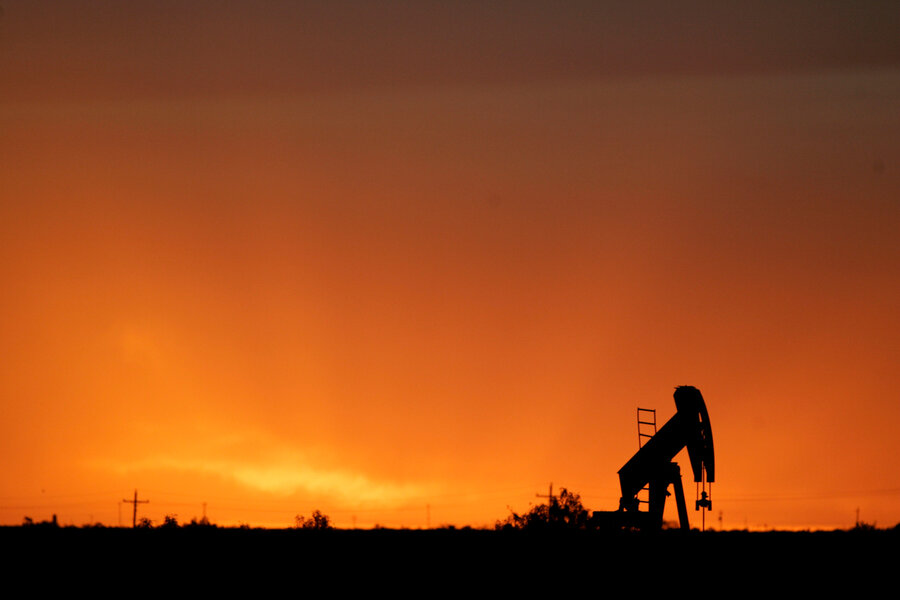Goodbye peak oil, hello peak demand
Loading...
The threat of the world facing a declining supply of oil, so-called peak oil, has given way to a forecast that is calling forth its much more benign cousin: peak demand.
The relatively subdued reaction to an agreement this week by the Organization of the Petroleum Exporting Countries to cut oil production beginning in January by 1.2 million barrels per day, or about 3 percent, has shown how far the world’s energy picture has changed since the days when OPEC decisions brought drastic results. While the announcement delivered an immediate modest increase in prices, it’s unclear whether members will hold to the agreement or that those price levels can be sustained.
Thanks to improvements in oil extraction technology, rising prices simply open up more oil to be pumped, such as the shale oil deposits in the United States that have been idle because of the cost of extraction. As prices rise these non-OPEC sources become profitable again.
Using a long lens, peak demand looms closer on the horizon. In October a report from the World Energy Council forecast that world petroleum consumption would top out in 2030 and decline thereafter.
The question now is not how to produce enough energy once oil reserves are exhausted but how much oil might be left in the ground unwanted as better energy sources emerge?
Roughly a quarter of the world’s oil is consumed by passenger vehicles. A commuter looking around at the traffic on one of America’s freeways clogged with gas-guzzling SUVs and pickup trucks might conclude the Age of Oil is going strong. But forecasters see dramatic changes ahead, including more fuel-efficient gasoline-powered cars, widespread use of electric vehicles, ride-sharing services, and self-driving cars, which could cut oil consumption significantly.
For Americans, that view from the driver’s-seat can be deceiving. In a time of low gas prices electric vehicle sales in the US have stagnated, but they’ve boomed in places like China, now the world’s biggest EV market.
The cost of EV batteries also continues to drop steadily, and driving range keeps improving. The most efficient new car for 2017 is the Hyundai Ioniq Electric, which has an Environmental Protection Agency rating of 136 miles per gallon equivalent and a driving range of 124 miles. Both the coming $35,000 Tesla Model 3 and General Motors’ soon-to-be-launched Chevy Bolt will have driving ranges in excess of 200 miles. That 200-mile figure is expected to become an industry standard within a few years.
A lot must change for peak demand for oil to come about in the next 15 years. One strong driver worldwide will be the efforts of governments to clean the air and slow the effects of climate change. Technological innovation will play a vital part. Even consumer tastes may change. Already, the all-electric Tesla is outselling conventional luxury car rivals such as the BMW 7 Series and the Mercedes-Benz S-Class.
The automobile, supplied to the masses in the form of Henry Ford’s affordable and reliable Model T, brought about a revolution in transportation (from horse power to horsepower, as one expert puts it) in what seemed like the blink of an eye in the early 1900s. A century later, we may be on the cusp of transportation’s next great leap.







